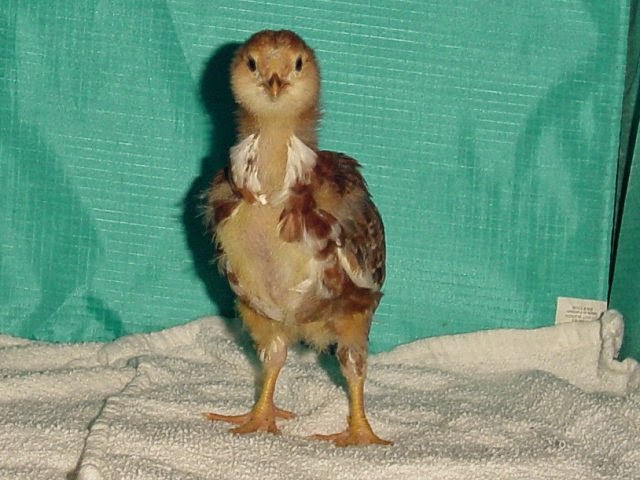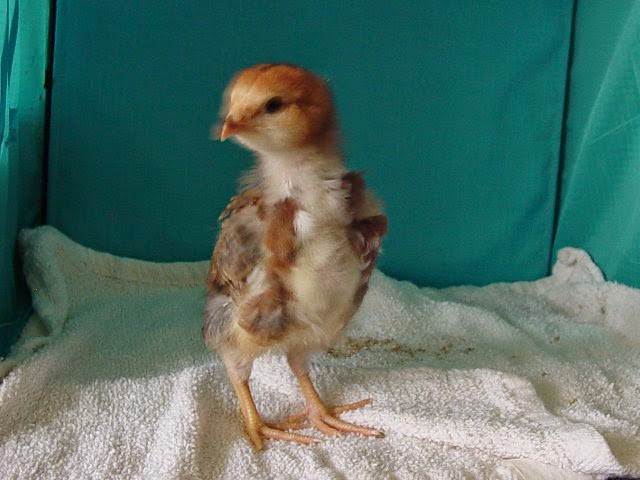The babies seem to be doing fine. Ten days was when we started losing them last year so we are hoping for better luck this time around.
We are getting ready to transition over to wood shavings. I've been hand washing their "poop" towels. First, I decided to use towels to start them off with this year instead of shavings because last year, they kept picking up tiny wood shavings as food, and I really don't think that was good for them. Also, I felt it would be warmer in the brooder with a towel on the floor and also it would not be slick so that they would not end up with spraddled/splayed legs. Search the terms if you want to see what it means and looks like.
So, I've been cycling a few towels as flooring for the brooder by washing two, every couple of days. Mind you, I had no intention of putting the soiled towels directly into my washing machine!!! EWWWW! I would take the towels outside (over my compost pile), and shake off/out as much stuff as possible. Then I would soak the towels in a bucket for a few hours to loosen the stuck on pooh. Next, I would use me $2.50 agitator in the bucket. For an agitator, I picked up a basic toilet plunger, cut out three three-quarter-inch holes that I drilled through the rubber (evenly spaced around the plunger). I use it to agitate the towels enough to get the gooey pooh off. This method works very well, and I can empty the dirty water from the bucket in the compost pile or down the drain, then refill it with cold water until the water is no longer changes color. Then I feel safe in washing the towels in my machine with a little bleach and laundry detergent. I rinse them twice after that to get the soap and bleach smell off, and I don't use any fabric softener since I don't know if that would cause any respiratory issues for the chicks. It has been a little extra work, but I feel it is worth it if we don't lose any chicks this year.
We are getting ready now to change over to wood shavings this next week.
Here are some photos of two of the chicks, today, at 11 days of age.
The first one figured out how to fly to the ledge of the little container I put them in while cleaning out the brooder each day. So, obviously, we have to keep a covering (I use a spread out baby gate) over the brooder. In some of the photos, you can see the little feathers coming in for the wings and tail. ;) The last photo is a bit more blurry. More often than not, they move much too quick for me and my camera speed with a blur as a result. She is standing on some poster board and based on my hand being there, you can tell she's still pretty small, but has grown over the past week. She's our little blond one.






















































